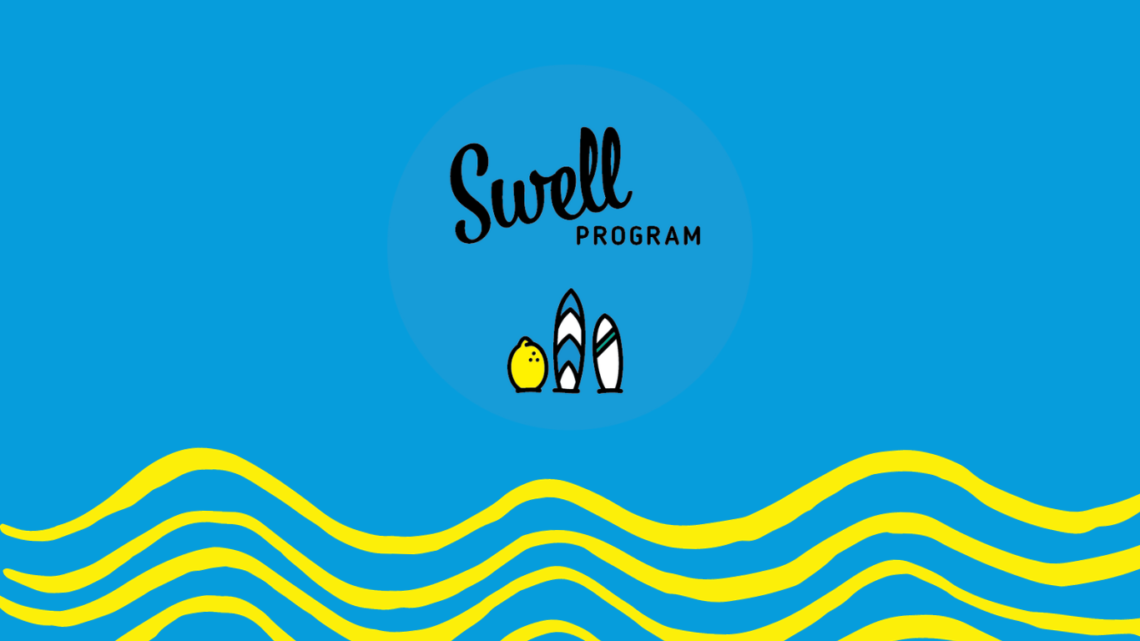If you’re currently in ‘tax-planning’ mode, your accountant has likely mentioned ‘instant asset write-off’ to you. Accountants got a bit excited in early April when the asset threshold for this measure was increased to $30,000 as it extends the types of asset purchases clients can make and fully write-off in the current financial year.
You might remember the announcement of extending the limit in the Federal Budget, it’s also now been fully brought into law, so is not pending on the upcoming election.
For the 2019 Financial Year, there are actually three asset cost thresholds to be aware of.
| Date Range | Asset Threshold |
| Up to 28/01/2019 | $20,000 |
| 29/01/2019 to 7:29pm (AEDT) 2/4/2019 | $25,000 |
| 7:30pm (AEDT) 2/4/19 to 30/6/2020 | $30,000 |
That’s all very ‘nice to know’ but if you’re like my clients you’re wondering exactly how it works and what it means for you.
Let’s start with the basics
What does the ‘threshold’ mean?
The asset threshold is the amount that the total cost of the asset you’re buying has to be under. It includes the entire cost of having the asset ‘installed and ready for use’ e.g. if you have to get specialist plumbing or electrical to install the equipment in your factory, this cost is included in the threshold.
Does it include GST?
This depends on whether your business is registered for GST
- If you are registered for GST – the threshold is the GST Exclusive amount (as you can claim the GST back on your BAS)
- If you are not registered for GST – the threshold is the GST Inclusive amount
Is there a limit to what I can claim?
Each separate asset must qualify under the threshold amounts, however there is no limit to how much in total you can claim under instant asset write-off
Does the equipment need to be new?
No – you can apply the measure to the purchase of second hand goods
If I get a trade in, do I just use the amount I pay out of pocket?
No – the threshold applies excluding any trade in received.
Do I have to have the cash to pay in full?
You have to purchase the asset to qualify, however you can use equipment finance to enable you to purchase an asset. Just be sure that you check the paperwork on any financing activity and that you understand how you are purchasing the asset (e.g. leasing equipment is not the same as purchasing and as such won’t qualify under immediate write-off).
How does it work?
Instant Asset Write-Off allows your business to claim the cost of the asset immediately against your business profits. Effectively you get a tax deduction for the cost of the equipment and this reduces your taxable profits and thereby the tax expense within your business.
It needs to be noted that you will not get back cash or a refund from purchasing assets under the scheme. You will get a benefit equal to your tax rate (say 27.5% if you trade through a company) multiplied by the total expensed under the scheme.
Examples
Simple purchase under scheme
Joe purchases a new trailer for $16,000 that he uses in his plumbing business that is operated through a company.
Joe claims a tax deduction of $16,000 which reduces his business profit to $80,000
Joe’s company pays tax on the $80,000 profit at 27.5% = $22,000
Had Joe not purchased the trailer his business profit would have been $96,000 and tax $26,400 – by purchasing the trailer and claiming instant asset write-off Joe’s company saved $4,400 in tax.
Installed for use
Another item to note is that you must have the asset installed and ready for use by the end of the financial year in which you claim the deduction. If you have long lead or delivery times on larger assets, you cannot claim the deduction until you have received the asset and it is able to be used.
Maria orders specialised production equipment in June 2019 from China for a cost of $18,000. The equipment arrives in Australia in August 2019, freight and customs charges total $4,000 (excl GST) and is fully installed in Maria’s factory in September 2019 at a further cost of $3,000. The total cost base for the threshold is all the costs Maria had to pay to acquire and install the equipment (18k + 4k + 3k = $25k) which is under the $30k threshold. However as Maria didn’t have the equipment in her possession and installed ready for use at 30 June 2019, she will have to wait until the 2020 financial year to claim the write-off deduction
Apportionment of Private Use
If you’re a sole trader you also need to apportion the deduction for any private use.
Karen purchases a new car in May 2019 at a cost of $28,000 and she estimate that she will use the car 70% for business purposes. Karen’s deduction under instant asset write-off is 70% x $28,000 = $19,600
However, just because you have to apportion business and personal use doesn’t change the overall asset threshold. For example, if Daryl who owns an electrical business purchases a new ute for $40,000 and estimates he will use it 40% for business. Even though his business value proportion is $16,000 (40k * 40%) he cannot treat the ute as an immediate write-off as the original total cost exceeded the threshold.
Some final considerations
- Business owners often consider purchasing new vehicles under this scheme and the extension of the threshold to $30,000 expands the possible vehicles available. You need to remember that our tax system is made up of complex layers of legislation. Owning vehicles that are available to owners or employees for private use (even if the vehicles have business branding on them) can attract Fringe Benefits Tax and you should consult with your accountant around this.
- Remember that although you will save tax, your saving is a fraction of the total spend, as such you need to consider your cash flow situation. We recommend that clients don’t unnecessarily purchase assets just to get a deduction, there should be another positive impact to your business.
- If you sell the asset in the future you will likely make a taxable profit on the sale as the cost base of the asset is now zero.
We always suggest you consult your accountant when making tax decisions, as they can assist in a holistic and comprehensive approach to decision making.



